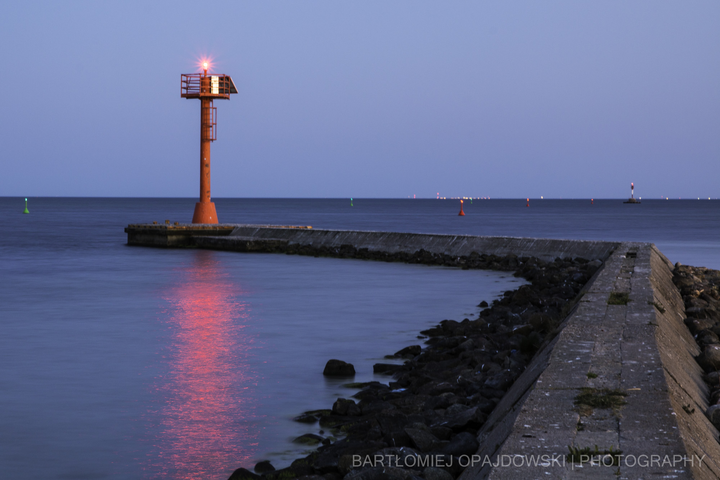Sept. 15, 2023
django webpush

DJANGO WEBPUSH: WHAT IS DJANGO-WEBPUSH, AND HOW IS IT DONE? A GUIDE FOR BEGINNERS
Django-webpush is an application written by the user safwanrahman, created to integrate and send Web Push Notification in Django applications. Currently, supported browsers are Firefox 46+ & Chrome 52+
Installation & setup
Package installation can be performed with the following command:
pip install django-webpush
After installing the application, it should be added in INSTALLED_APPS
INSTALLED_APPS = (
...
'webpush',
)
After adding the package, we migrate with the standard Django command. The output should look like this:
Operations to perform: Apply all migrations: admin, auth, contenttypes, sessions, webpush Running migrations: Applying webpush.0001_initial... OK
Additionally, to send notifications to Google Chrome users in settings.py, add WEBPUSH_SETTINGS entry in settings.py containing Vapid Key
WEBPUSH_SETTINGS = {
"VAPID_PUBLIC_KEY": "Publiczny Vapid Key",
"VAPID_PRIVATE_KEY":"Prywatny Vapid Key",
"VAPID_ADMIN_EMAIL": "email@przykład.pl"
}
To get a Vapid Key, I recommend that you read py_vapid and Google Developer Documentation. You can also get a Vapid Key from this page. The email is provided to communicate with the admin in the event of an error in the browser server's push operation.
After possibly adding a Vapid key, it's time to add webpush in urls.py
urlpatterns = [
url(r'^webpush/', include('webpush.urls'))
]
Webpush information in Template
You need to load the webpush_notifications tag in the template
Example:
<body>
<p> Hello World! </p>
{% webpush_button %}
</body>
The Tag also supports classes, for example, bootstrap:
Example:
<body>
<p> Hello World! </p>
{% webpush_button with_class="btn btn-outline-info" %}
</body>
Note: The button will appear only when the user is logged in, or the context webpush will pass any group.
Sending Notifications:
Web push usually has a header and a body. The data is usually addressed as a payload.
Example:
from webpush import send_group_notification
payload = {"head": "Welcome!", "body": "Hello World"}
send_group_notification(group_name="my_group", payload=payload, ttl=1000)
The TTL header is designed to send the server information for how long it is to keep the notification if the user is offline.
If there is a need to send a notification to a specific user, we send notifications with the following command:
send_user_notification(user=user, payload=payload, ttl=1000)
Additionally, by creating an appropriate view, the webpush application allows you to send a notification via JSON, e.g., Postman.
Example:
def send_push(request):
try:
body = request.body
data = json.loads(body)
if 'head' not in data or 'body' not in data or 'id' not in data:
return JsonResponse(status=400, data={"message": "Wrong format json'a"})
user_id = data['id']
user = get_object_or_404(User, pk=user_id)
payload = {'head': data['head'], 'body': data['body']}
send_user_notification(user=user, payload=payload, ttl=1000)
#send_group_notification(group_name="my_group", payload=payload, ttl=1000) dla grupy
return JsonResponse(status=200, data={"message": "Request succesfully sent"})
except TypeError:
return JsonResponse(status=500, data={"message": "Error occured"})
Example of JSON:
{
"head": "notification test",
"body": "test",
"id": "1"
}
After successive sending of the request, a notification should pop up:

To set an image and a possible link, after clicking on the notification to the payload, add "icon" and "URL."
payload={"head": "Welcome!", "body": "Hello World",
"icon": "link-to-photo“, "url": "link-to-reference"}
Summary
Django-webpush is a fairly simple application to implement; in combination with a properly written Service Worker, it can create fairly convenient handling of notifications, whether for online chat or pseudo-facebook. The documentation allows you to familiarize yourself with the add-on mechanics, which also includes a lot of guides on Google.


